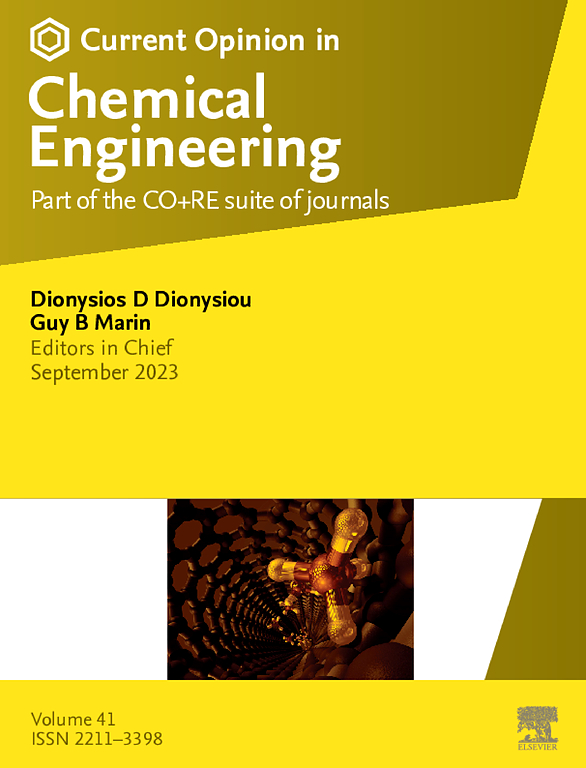Are (bio)electrochemical techniques sustainable solutions to combat micro- and nano-plastic pollution?
IF 6.8
2区 工程技术
Q1 BIOTECHNOLOGY & APPLIED MICROBIOLOGY
引用次数: 0
Abstract
In this era of extensive plastic dependency, the detrimental effects of micro- and nano-plastics (MNPs) on the ecosystem along with their pervasive nature have been drastically impacting terrestrial and aquatic life. Even though conventional treatment techniques aid in separating MNPs from water matrices, the scope for mineralizing these pollutants into nontoxic substances was fostered through the emergence of electrochemical and bioelectrochemical systems (BESs). Hence, in this manuscript, the missing links for analyzing electrochemical and BESs on the grounds of MNP mineralizing efficiency, while prioritizing economic feasibility and sustainability, are critically emphasized through life cycle analysis and techno-economic assessment. Furthermore, this opinion paper functions as a guideline for identifying the significant potential of these emerging technologies through strength–weakness–opportunity–threat analysis to overcome the current challenges and to develop economical, sustainable, and technologically efficient MNP mitigating solutions.
(生物)电化学技术是对抗微和纳米塑料污染的可持续解决方案吗?
在这个广泛依赖塑料的时代,微塑料和纳米塑料(MNPs)对生态系统的有害影响及其普遍存在的性质已经严重影响了陆地和水生生物。尽管传统的处理技术有助于将MNPs从水基质中分离出来,但电化学和生物电化学系统(BESs)的出现促进了将这些污染物矿化为无毒物质的范围。因此,在本文中,在优先考虑经济可行性和可持续性的同时,通过生命周期分析和技术经济评估,重点强调了基于MNP矿化效率分析电化学和BESs的缺失环节。此外,本意见文件还可作为指南,通过优势-劣势-机会-威胁分析来识别这些新兴技术的巨大潜力,以克服当前的挑战,并制定经济、可持续和技术高效的MNP缓解解决方案。
本文章由计算机程序翻译,如有差异,请以英文原文为准。
求助全文
约1分钟内获得全文
求助全文
来源期刊

Current Opinion in Chemical Engineering
BIOTECHNOLOGY & APPLIED MICROBIOLOGYENGINE-ENGINEERING, CHEMICAL
CiteScore
12.80
自引率
3.00%
发文量
114
期刊介绍:
Current Opinion in Chemical Engineering is devoted to bringing forth short and focused review articles written by experts on current advances in different areas of chemical engineering. Only invited review articles will be published.
The goals of each review article in Current Opinion in Chemical Engineering are:
1. To acquaint the reader/researcher with the most important recent papers in the given topic.
2. To provide the reader with the views/opinions of the expert in each topic.
The reviews are short (about 2500 words or 5-10 printed pages with figures) and serve as an invaluable source of information for researchers, teachers, professionals and students. The reviews also aim to stimulate exchange of ideas among experts.
Themed sections:
Each review will focus on particular aspects of one of the following themed sections of chemical engineering:
1. Nanotechnology
2. Energy and environmental engineering
3. Biotechnology and bioprocess engineering
4. Biological engineering (covering tissue engineering, regenerative medicine, drug delivery)
5. Separation engineering (covering membrane technologies, adsorbents, desalination, distillation etc.)
6. Materials engineering (covering biomaterials, inorganic especially ceramic materials, nanostructured materials).
7. Process systems engineering
8. Reaction engineering and catalysis.
 求助内容:
求助内容: 应助结果提醒方式:
应助结果提醒方式:


